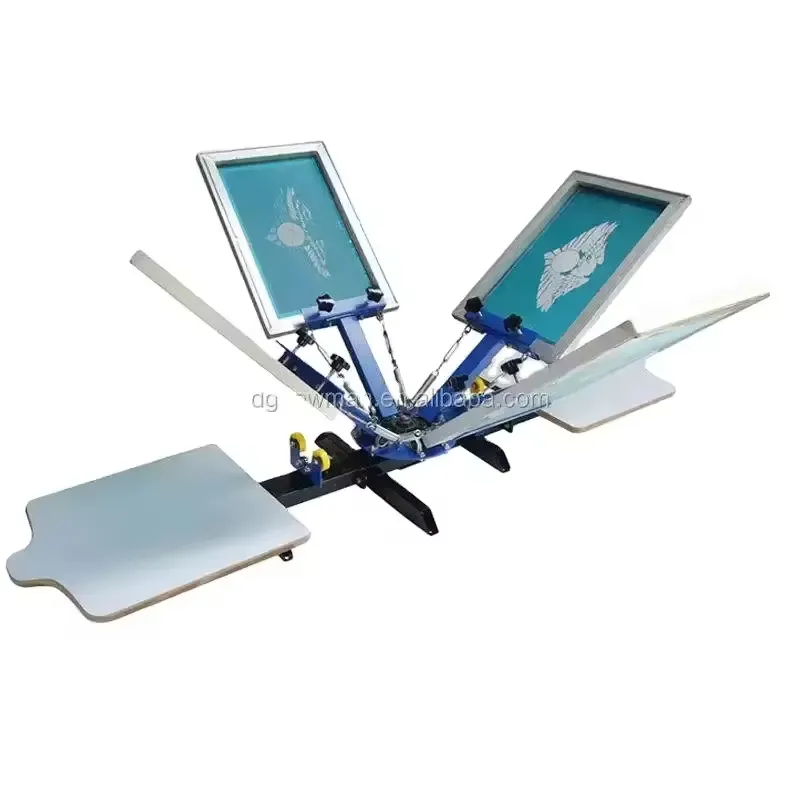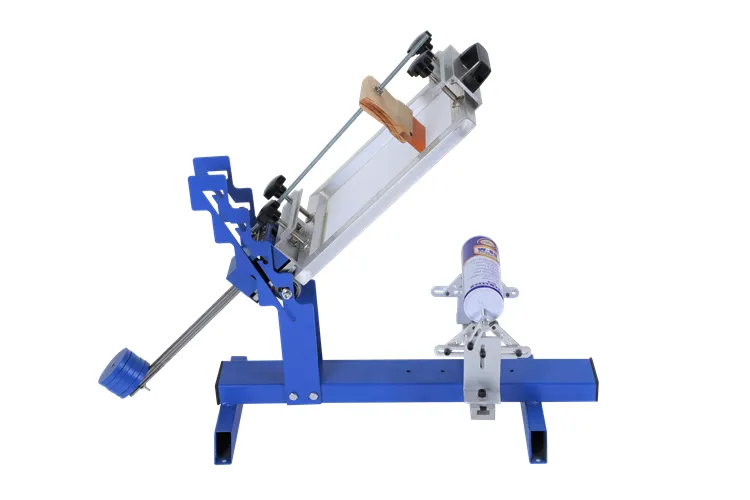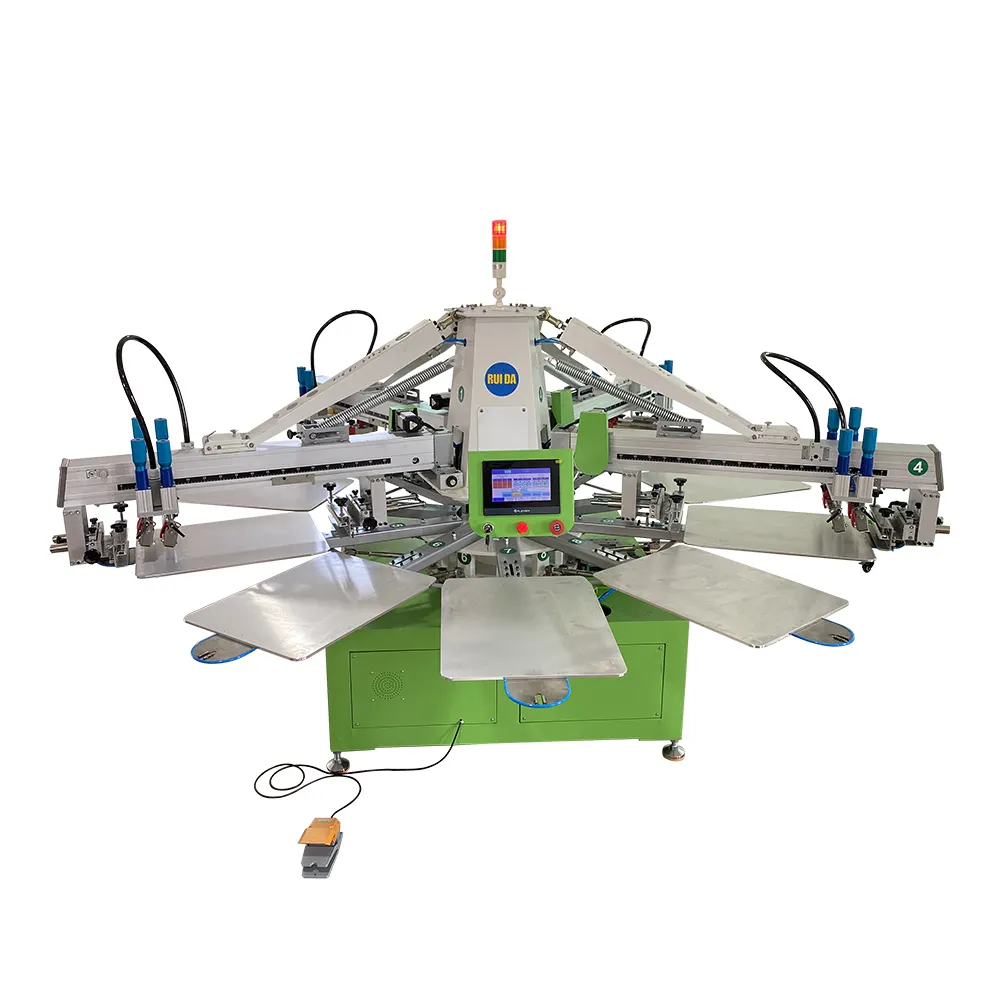serigraphy machine
A serigraphy machine, also known as a screen printing machine, is a sophisticated piece of equipment designed for precise and efficient printing across various materials. The machine employs a mesh-based stenciling system where ink is pressed through a finely woven screen onto the substrate below. Modern serigraphy machines feature automated components that control pressure, registration, and ink distribution, ensuring consistent results across large production runs. These machines typically include adjustable print heads, automated squeegee systems, and precise substrate alignment mechanisms. The technology allows for single or multi-color printing, with advanced models capable of handling complex designs through multiple screen applications. The machine's versatility enables printing on diverse materials including textiles, paper, plastic, metal, and wood. Key technological features include programmable print parameters, adjustable stroke settings, and integrated drying systems. The machine's applications span across industries, from textile printing and promotional products to industrial marking and artistic productions. Advanced models incorporate digital controls for precise adjustment of printing parameters and often feature automated loading and unloading systems for enhanced productivity.


